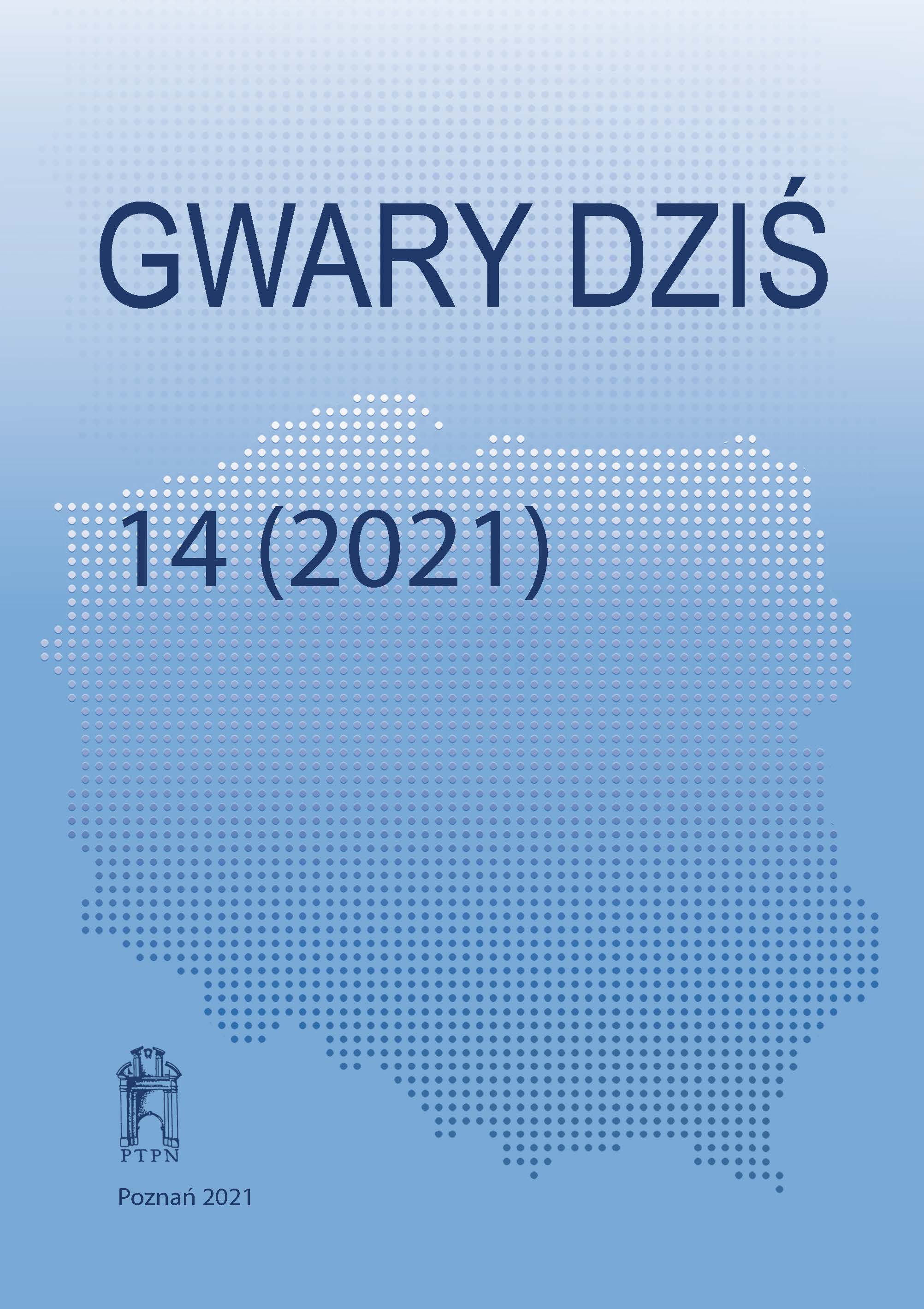Диалектна основа на Pastirska knigha (1848) от Андреа Канова. 1. Фонетика
The dialectal basis of “Pastirska knigha” (1848) by Andrea Canova. 1. Phonetics.
Author(s): Ljudvig SelimskiSubject(s): Language studies, Language and Literature Studies, Eastern Slavic Languages
Published by: Uniwersytet Adama Mickiewicza
Keywords: consonant; vocal; sound change; dialect of Catholics.
Summary/Abstract: Bishop A. Canova made an attempt to make his text accessible not only to the Catholics in Bulgaria; it includes also the consonants v, f and h, typically missing in the dialect of the Catholics. And yet the appearance of the new vocal i(replacing the accented è), typical of the Catholics, is limited (to 11 words/16 forms):cetìmi ‘четèмe/we are reading’; lizzito ‘лицèто/the face’; nimasce ‘нямаше/there was not’, obricese‘oбрече се/he promised’, porimnuvam ‘поревнувам/I like’, rastiti ‘растèте/you are growing’, sledini‘следèне/following’, smilat ‘смèлят/they are trampling’, tij ‘това/that’, viki ‘веки/already’, zovise‘зовè се/they call it’.The appearance of the vowelеin place of avocalain the adverbdelèc‘далèко/far’ and inthe adjectivedelecni‘да лечни/distant’ is also noteworthy. Of equal importance is the dialect form se, which appears in the place of the literary sa ([Cyr. ca] ‘(they) are’. All these phonetic features are indisputable evidence that the studied text is built mainly on the basis of the dialect spoken by the Catholics.
Journal: Gwary Dziś
- Issue Year: 14/2021
- Issue No: 1
- Page Range: 235-245
- Page Count: 11
- Language: Russian

